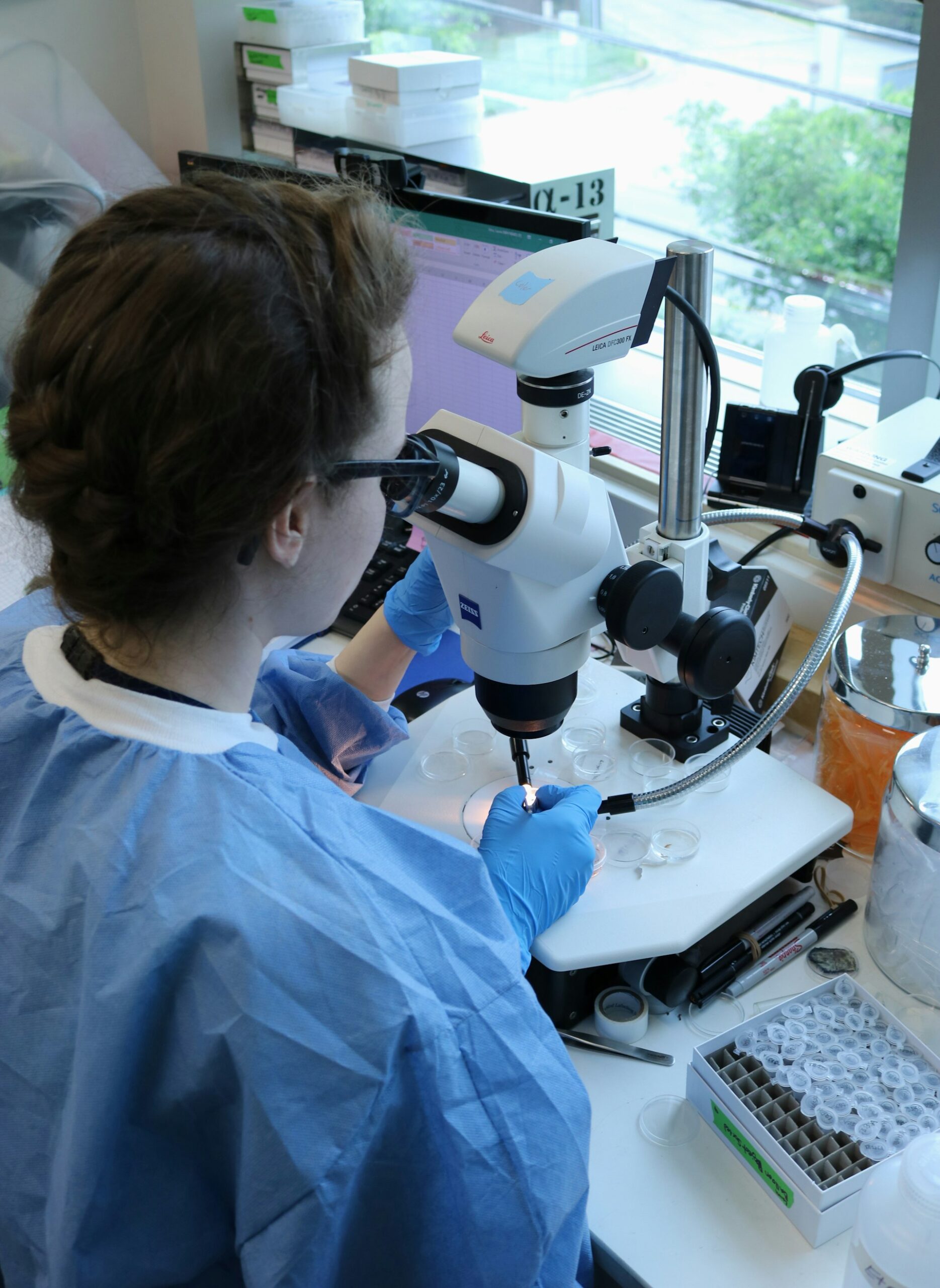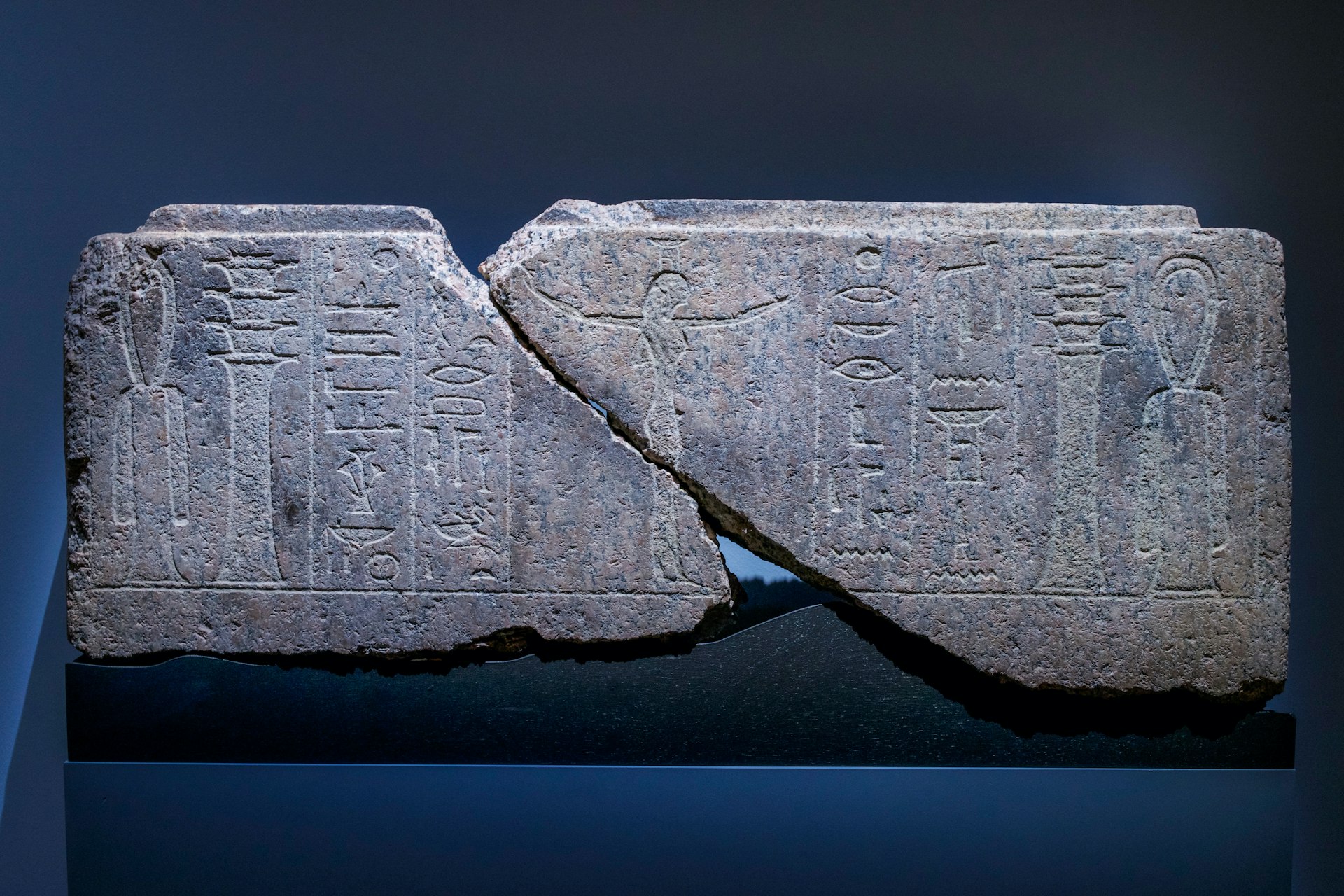Unlocking Beauty’s Future: How Sustainable Packaging is Transforming Leading Brands

Photo by GB The Green Brand on Unsplash
The Rise of Sustainability in Beauty Packaging
The beauty industry is experiencing a dramatic shift toward sustainability. As environmental concerns become central to consumer choices, leading beauty brands are reimagining their packaging strategies, prioritizing eco-friendly materials, refillable containers, and minimalist designs. In 2025, with over 120 billion units of packaging produced every year, the pressure to reduce waste and environmental impact is greater than ever [2] . This article explores actionable strategies, real-world examples, and step-by-step guidance for consumers and businesses seeking to access or adopt sustainable packaging solutions in the beauty sector.
Understanding Sustainable Packaging in Beauty
Sustainable packaging in beauty focuses on reducing waste, lowering carbon footprints, and promoting circularity. Solutions range from biodegradable materials to refillable systems, each designed to align with both environmental goals and consumer expectations [1] . Key elements include:
- Refillable and reusable containers that can be used multiple times
- Biodegradable and compostable materials such as bamboo, molded fiber, and paper
- Post-consumer recycled (PCR) plastics made from existing recycled content
- Minimalist, low-impact packaging designs that use fewer materials overall
Consumers are increasingly making purchasing decisions based on these factors. In fact, a recent survey showed that 54% of American consumers deliberately chose products with sustainable packaging in the previous six months [5] .
Key Trends in Sustainable Beauty Packaging
Refillable and Reusable Packaging
One of the most prominent trends is the adoption of refillable systems . Brands are designing durable packaging, such as glass jars and luxury lipstick cases, that customers can refill repeatedly. This approach directly reduces single-use plastic waste and fosters customer loyalty. For example, luxury brands like Dior, Hermès, and Chanel have launched refillable formats for fragrances, lipsticks, and skincare products. Indie brands such as Kjaer Weis are recognized for refillable makeup compacts, while Lush offers refill stations for select products [4] . The global value of refillable beauty packaging surpassed $45 billion in 2024, reflecting its rapid adoption [4] .
Biodegradable and Compostable Materials
Biodegradable packaging, such as bamboo, molded fiber, and certain papers, is gaining traction due to its ability to decompose naturally and reduce landfill waste. For instance, Seed Phytonutrients uses compostable paper bottles for skincare products, aligning with eco-conscious values and reducing long-term environmental impact [3] . These materials are especially relevant as more municipalities adopt composting programs, making it easier for consumers to dispose of packaging responsibly.
Post-Consumer Recycled (PCR) Plastics
Brands are increasingly turning to PCR plastics, which are made from previously recycled materials. This strategy not only reduces reliance on virgin plastics but also lowers the carbon footprint of packaging production. Companies like Cosmopak are developing high-quality, durable PCR packaging that maintains a premium aesthetic while supporting sustainability goals [2] .
Minimalist and Low-Impact Design
Minimalism in packaging-using less material without sacrificing functionality or appeal-is another key trend. Brands such as Aesop demonstrate that elegant, minimalist designs can be both cost-effective and sustainable. This approach not only reduces material use but also enhances the visual identity of products, appealing to consumers who value simplicity and responsibility [3] .
How to Access Sustainable Beauty Packaging Options
Consumers interested in sustainable beauty packaging have several actionable pathways:
- Look for brands clearly labeling their packaging as refillable, recyclable, or compostable. These terms are often found on product pages, in-store displays, or official brand communications.
- Visit physical or online stores that specialize in eco-friendly products. Many retailers curate collections of sustainable beauty brands and provide filters for packaging attributes.
- Research individual brands that lead in sustainable practices. Examples include Seed Phytonutrients (compostable bottles), Kjaer Weis (refillable makeup), La Bouche Rouge (luxury refillable lipsticks), and Lush (package-free and refill options) [4] .
- If you are a business seeking to adopt sustainable packaging, consult packaging suppliers specializing in eco-forward materials and designs. Companies such as Cosmopak offer customizable solutions for brands at every scale [2] .
If online links are not available, consumers can search for terms like “refillable beauty products,” “biodegradable cosmetic packaging,” or “PCR plastic skincare brands” using major search engines or consult sustainability sections on official brand websites.
Step-by-Step Guidance for Choosing Sustainable Packaging
To integrate sustainable packaging into your beauty routine or business operations, consider the following steps:
- Assess Your Needs: Identify which products you use or offer most frequently. Focus on high-volume items where packaging waste is greatest.
- Research the Market: Use published consumer guides, sustainability certifications, and brand transparency reports to identify leading sustainable options.
- Prioritize Refillability and Reusability: Choose products with refill systems or containers designed for multiple uses. Contact brands directly or visit their stores to inquire about refill programs and in-store recycling options.
- Evaluate Material Claims: Seek packaging made from certified biodegradable, compostable, or PCR materials. Look for third-party certifications when possible.
- Minimize Packaging Waste: Select products with minimalist designs, limited secondary packaging, or package-free formats.
- Advocate for Change: Encourage favorite brands to adopt more sustainable packaging by providing feedback through official channels and supporting those making tangible progress.
Challenges and Solutions in Sustainable Beauty Packaging
While sustainable packaging is growing, several challenges persist. Not all materials labeled as eco-friendly are universally compostable or recyclable, as municipal systems vary. Transportation and durability concerns can also arise with certain biodegradable materials. To address these issues:
- Confirm local recycling or composting guidelines before disposing of packaging
- Store refillable containers according to manufacturer instructions to prevent damage
- Support brands that are transparent about their supply chain and material sourcing
When in doubt, contact your local waste management agency for advice, or consult third-party organizations that specialize in recycling guidance.
Alternative Approaches and Future Outlook
As regulations tighten and consumer awareness grows, brands are exploring even more advanced solutions, such as:

Photo by Pablo Hernández on Unsplash
- Waterless beauty formats that eliminate the need for bulky packaging
- Return-and-recycle programs allowing customers to send back used containers
- Digital transparency tools (like QR codes) that provide detailed recycling instructions
Innovations will continue, but for now, the best approach is to seek out brands and products with third-party sustainability certifications, visible refill or recycling programs, and a clear commitment to material reduction.
Key Takeaways
Sustainable packaging in the beauty sector is no longer a niche concern-it is shaping the future of the industry. By choosing refillable, reusable, and responsibly sourced packaging, consumers and brands can significantly reduce environmental impact while enjoying high-quality products. With more resources available than ever, you can join the movement by following the steps outlined above or by searching for leading brands and suppliers specializing in eco-friendly beauty packaging.
References
- Container & Packaging (2025). 5 Trends in Sustainable Cosmetic Packaging.
- Cosmopak (2025). The Future of Sustainable Beauty Packaging: Trends & Innovations.
- Maker’s Row (2025). Top 10 Eco-friendly Beauty Product Packaging Ideas In 2025.
- The Ethos (2025). The Clean Beauty Brands Doubling Down on Refillable Products.
- GCI Magazine (2025). Cosmetics and Personal Care Packaging Trends Summer 2025.



